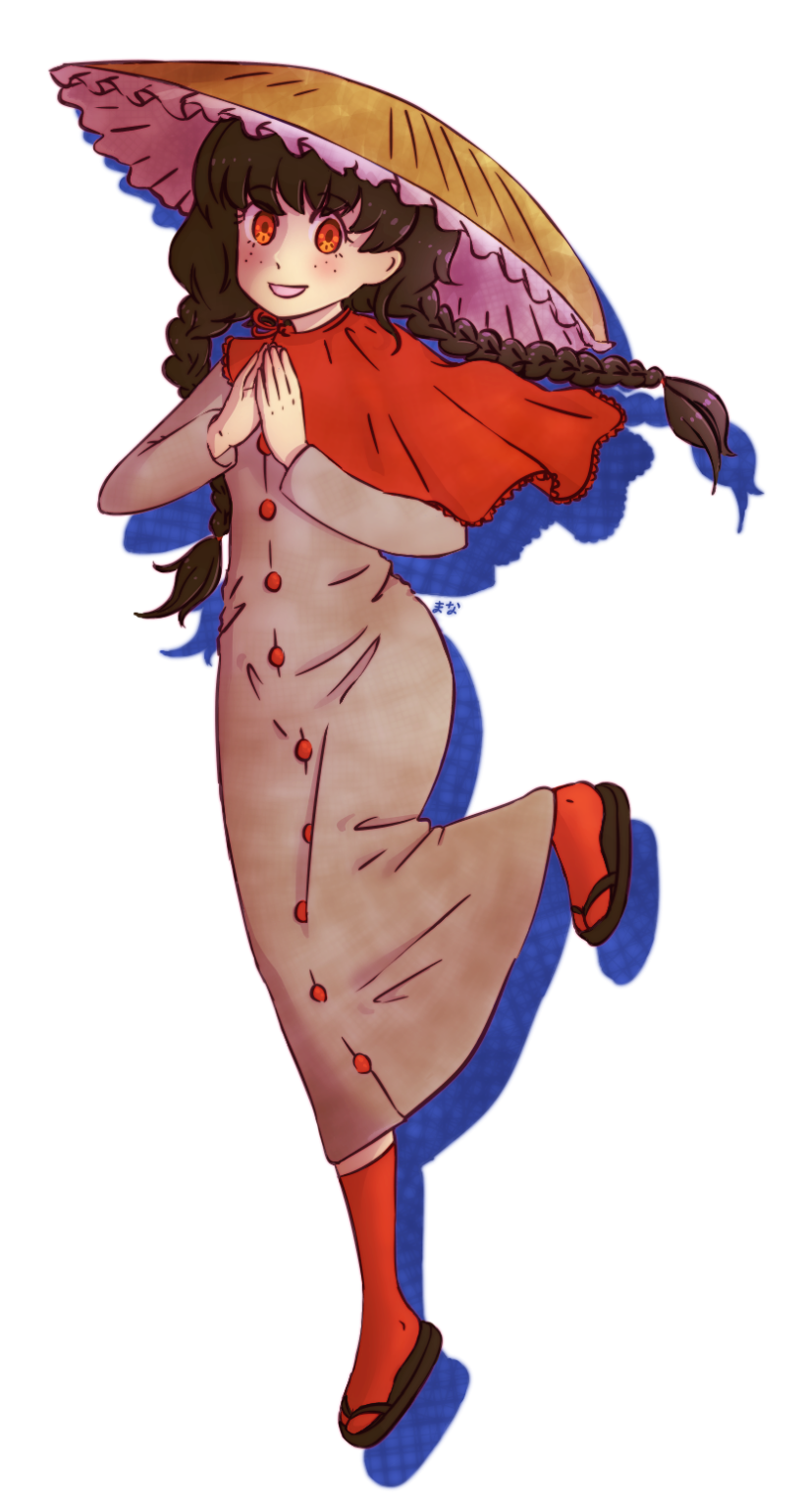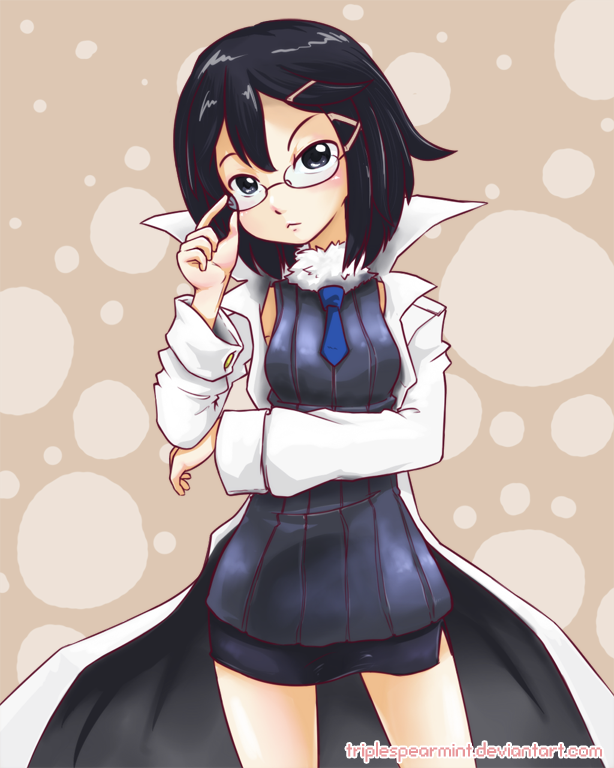Asagi Sunset Art by Mishihime
Please Judge my Narumi Asagi turning Kanoko?
Please look at the four pictures. Picture A is Narumi Asagi and C is Konjyo Asagi. Picture B is Narumi Asagi and D is Konjyo Asagi. First, please compare A and C. They are the pictures when the koi are two years old. Scales of Asagi on picture A form the Tamashibori pattern. Narumi is named after this pattern. This is the characteristic of.

Pin on KOI LOVE
Asagi's history. The prefix "Narumi" comes from the same-named town in Ichi Prefecture, where a locally created cloth was thought to mirror the pattern on the backs of these koi. Asagi appears to have appeared throughout Japan, not only in Niigata, at a time when interest in mutant fish led to them being separated from the food crop and.

Koimio
The normal Asagi pattern is considered to be the Narumi Asagi, whose name resembles Narumi Shibori (which refers to a traditional cloth pattern). Narumi Asagi have a white netting created by Fukurin that surrounds the indigo blue core of each scale. Niban Hi (knee bahn' hee) Thin Hi. This is secondary Hi, and occurs later in a Koi's development

Wow net asagi Koi fish colors, Asagi koi, Koi fish
• The Narumi Asagi, named after the Narumi district of Japan renowned for its tie-dyed fabrics. A lighter blue, with its deep blue centre and pale outer edging to each scale is the most typical Asagi. • The third variety is the Mizu Asagi which is the palest, almost grey. In practice all three are generally just known as Asagi.

Narumi!! by ManaManami on DeviantArt
Narumi Asagi - Each scale of a Narumi Asagi is dark indigo in the center, surrounded by paler blue. This type of Asagi produced some varieties with a white foundation; Kohaku, Taisho Sanshoku, Shiro Bekko, Goshiki and Ai Goromo. Taki Asagi - With white lines between the blue and the Hi, looking like falls. A rare variety.

Asagi Sunset Art by Mishihime
Narumi Asagi This is one of the oldest varieties of Nishikigoi. The Asagi provided the base for many subsequent varieties such as Kohaku, Koromo, Matsuba, Goshiki, Kujaku, Komunryu, etc. Asagi is covered in a blue/white net-like reticular pattern and its head should be light blue, clear and unblemished.

Narumi Asagi Koi, Japanese koi, Koi fish
Koromo are crossbred fish; the first example resulted from a spawning between a male Kohaku and a female Narumi Asagi. The collective name "Koromo" covers several varieties, the best known being Ai Goromo. Kujaku. The Kujaku is a metallic or Ogon koi with the reticulated net-like pattern of the Asagi on its back. This is overlaid with either a.

Narumi Asagi Superkoi
The Asagi is one of the oldest breeds of koi. This unmistakable variety, whose ancestry dates back over 160 years, is distinguished predominantly by the bluish, scaled pattern over the back, with reddish areas on the fins and on the sides of the head. Symmetry in appearance is highly valued in these koi.

14 Narumi's Official Site.
What Does Asagi Mean? There is some confusion on the exact meaning behind "Asagi." Some sources claim it to be a derivative of the Japanese word for "indigo" or "light blue," while others say it stems from the Japanese words for "setting sun" or "mist." Online translation services are of little help.

Yatadera Narumi (Narumi Yatadera) Touhou Image by Minamura Haruki
The Asagi Magoi, one of the three recognized types of Magoi, is said to be the forerunner of all modern Koi breeds. About 160 years ago, two mutants Koi types arose from this probto-Koi, namely the Konjo and the Narumi Asagi.

Asagi Professor by TripleSpearMint on DeviantArt
Asagi koi are believed to be the direct descendants of "magoi" or "true carp." Hence their similarities with wild carp in comparison to other koi variants. Consequently, historical and DNA records suggest that Asagi koi came to prominence in the 1700s, whereafter ornamental breeding of Asagi koi began in approximately 1868.
Narumi Asagi Development
How will this male narumi asagi (from Oya) develop in the years to come? Right now, it's a 47-cm long nisai. I'm well-pleased with the bright blue reticulation, but my fish still refuses to have more orange. In truth, the amount of orange appears to have receeded (only its pectoral fins and its shoulder joints have retained the orange) despite.

Cá Koi Nhật NARUMI ASAGI 32CM YouTube
Asagi - (ah SAH gee) A gray-blue reticulated scaled koi with hi (red) along the lateral lines, cheeks and in the fins. Asagi Hi - (ah SAH gee HEE) Secondary, undesirable hi (red) appearing as freckles below the lateral line. Asagi Magoi - (ah SAH gee MAH goy) An early ancestor of the modern Asagi.

Narumi by Nifffi on DeviantArt
The narumi asagi is a koi with a darker blue background of uniform scales with reticulation in a lighter blue. Most modern asagi are developed from this strain. A second type of asagi, called konjo asagi, was developed about the same time, but it lacked the artistic value of the narumi.

Narumi Asagi Stock Photos Free & RoyaltyFree Stock Photos from
The perfect Asagi Koi has no splotches and blemishes on the nose, a pure white head, red eyes, and a coloring pattern from just below the head, extending down to the tail. Colouring should be uniform, and colors shouldn't overlap, while scales should have contrasting hues.

asagi narumi YouTube
This is thought to have begun in the early 1800's and led to the earliest varieties, such as the Narumi Asagi. The earliest breed produced by chance was Magoi with red bellies. From this red-bellied Magoi came across from a Magoi and Higoi; we know them as Benigoi. This eventually led to producing Hi and Ki Bekkos with their black markings.